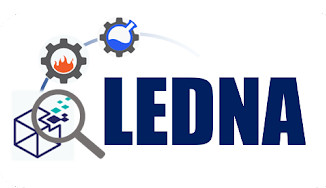
The laser pyrolysis appears is a promising and versatile method allowing the production of high purity nanoparticles using the gas phase synthesis, ensuring well-defined chemical composition, morphology and crystallinity.
The principle is based on the cross-jet interaction between a CO2 infrared laser beam and a flow of reactants (gaseous or liquid precursors – in the last case, the liquid flow reactant is injected in an aerosol form). The absorption of laser radiation by the precursors leads to a fast increase of temperature. The reactants are thus decomposed and a pyrolysis flame appears where the nanoparticles nucleate and grow.
The steps in the process are
- Excitation of the vibrational states by absorbing laser infrared radiation
- Transfer of the excitation to all the molecules in the medium through collisions
- Dissociation of the molecules, giving rise to a saturated vapor
- Homogeneous nucleation
- Growth of nanoparticles
Chemical yields can exceed 90% for gaseous precursors. Production rates are between 30 and 100 g/h for Si-based nanopowders in the laboratory and up to 1 kg/h on a production pilot for SiC nanoparticles.
The main adjustable parameters are:
- The nature of the precursors (e.g. SiH4, C2H4, HMDS, TEOS, etc.) – Thanks to this wide variety of precursors, various nanostructured powders have already been obtained by laser pyrolysis, for example : Si, SiC, Si/C/N, Si/C/N/Y/Al, Si/C/B/N, Si/C/O, a-C:H, C, C60, C70, C-N, B4C, TiC, WC, FeC, Fe3C, TiB2, ZrB2, Fe4N, Fe, FeO, Fe2O3, TiO2, Al2O3, V2O5, CrO2, etc.
- Laser power – This is used to control the flame temperature and therefore the crystallinity of the products.
Reagent flow rate – This governs the residence time of the reagents in the flame. This enables the size of the nanoparticles to be adjusted over a wide range.
The laboratory has developed synthesis of nanoparticles with applications in the fields of energy and environment (see examples)
NIMBE Research Axis




